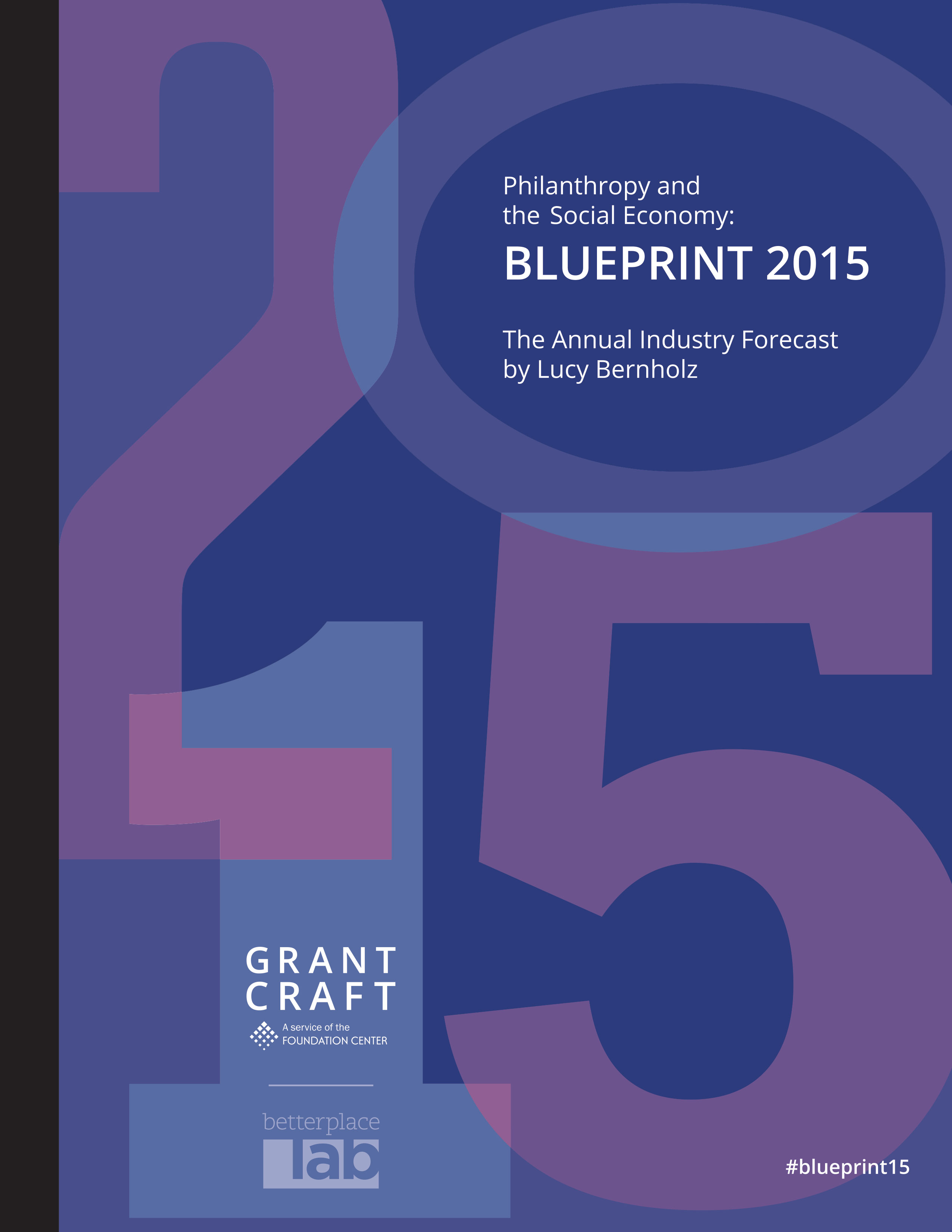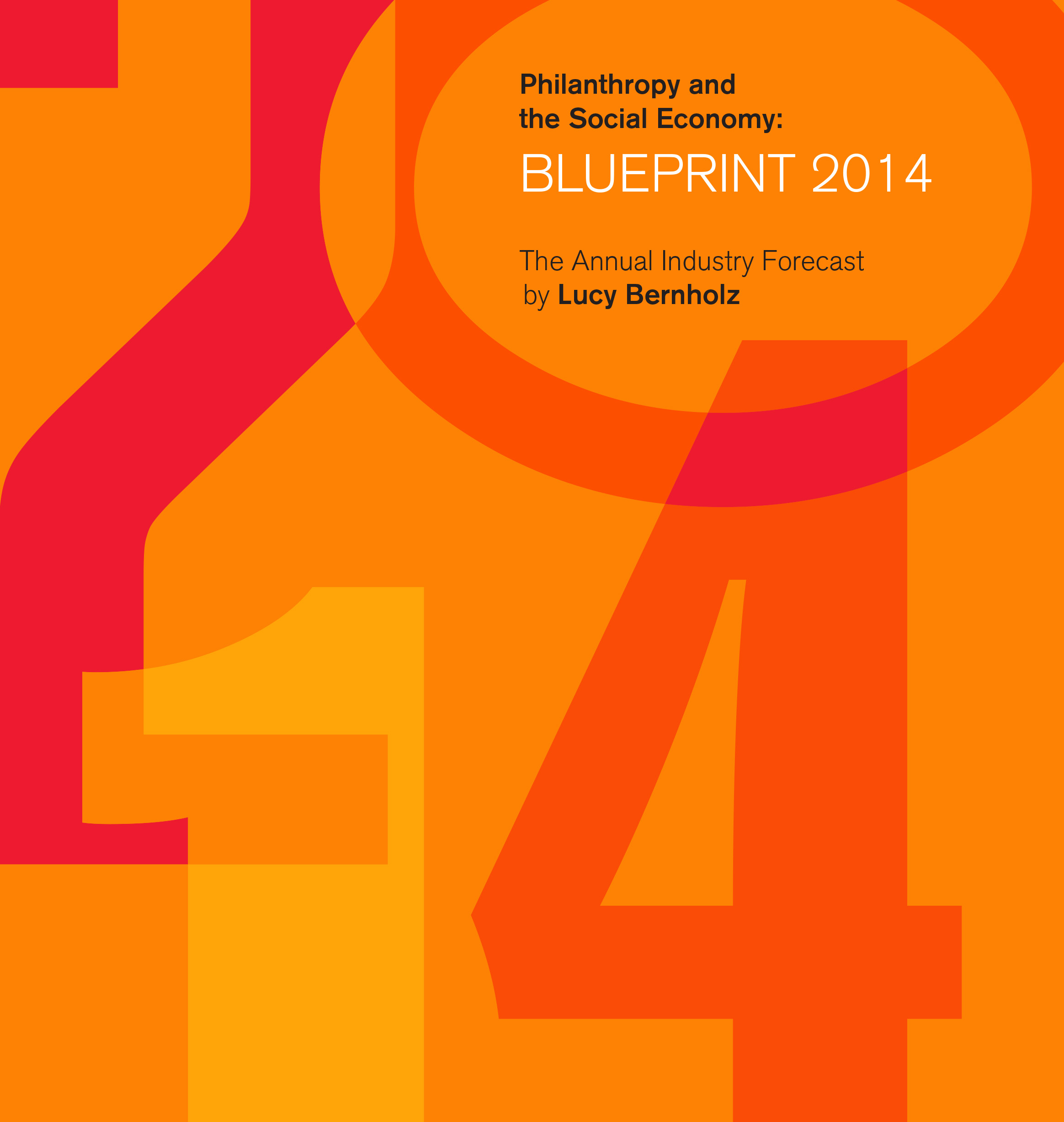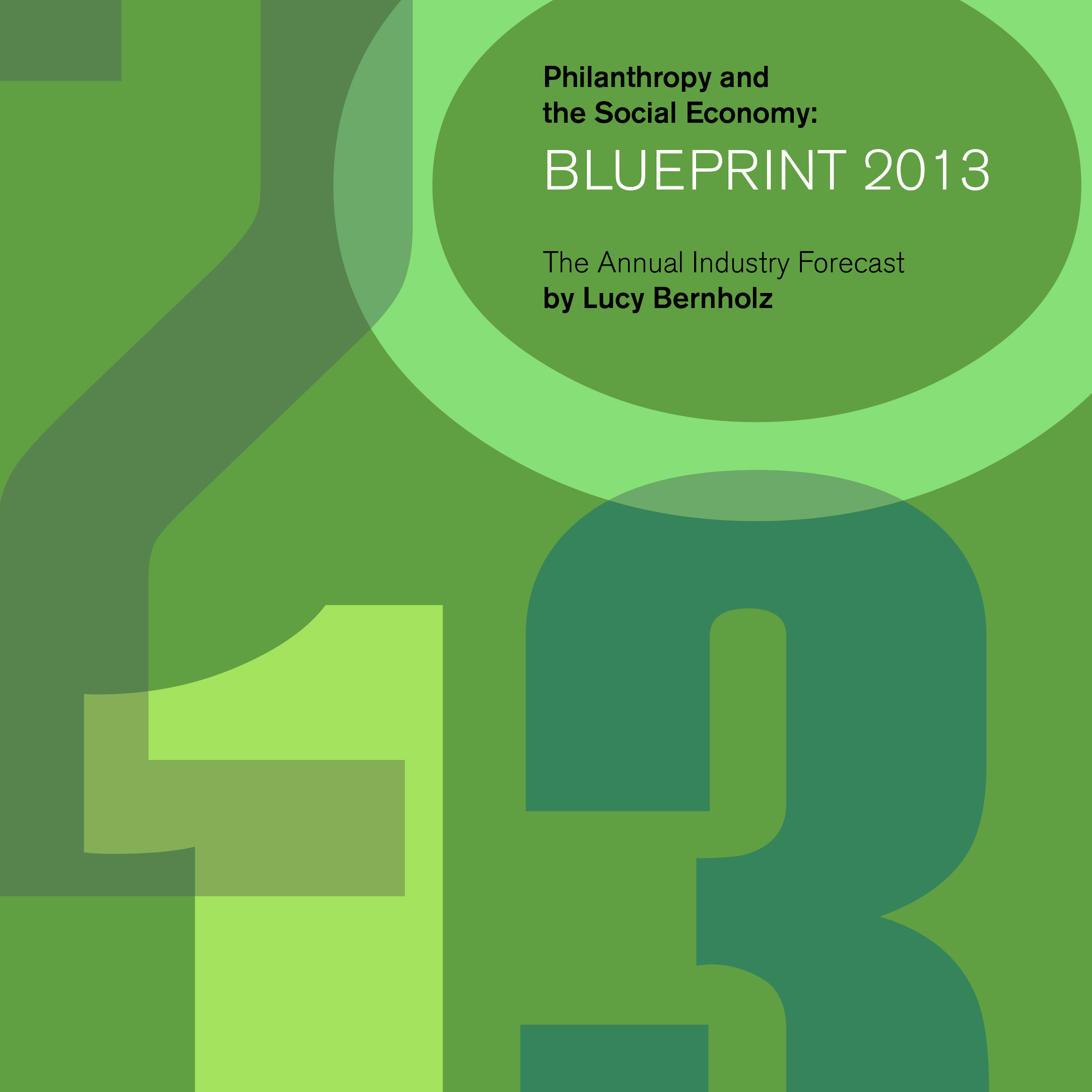Foresight Predictions for 2015
What can we count on happening in the next 12 months? Here’s a list of possibilities that go beyond just the theme of digital civil society to other realms that matter to philanthropy. Most of these are U.S.-centric; this is the area I know best and the primary intent of this document. I’d welcome predictions about the nature of change in other parts of the world — please feel free to contribute your best guesses about what next year holds in your part of the world. You can submit these (for public discussion) on the GrantCraft website and join me here a year from now to see how well you did!
Digital Civil Society
- Despite support for net neutrality from President Obama, tiered Internet service will continue to rage as an issue in the U.S. and nonprofits will continue to ignore important digital policy issues.
- Carl Malamud of public.resource.org will win his case against the Internal Revenue Service. He has sued the agency to release Form 990 data in electronic, machine-readable form. Malamud, who’s called a “rogue archivist,” was behind a similar strategy targeting the Securities and Exchange Commission and corporate information that resulted in the creation of an online database allowing public search of corporate records (EDGAR).
- Zero-rated Internet access, in which companies provide remote communities with free Internet access, will double in reach. The access is free as long as users limit their use to apps provided by the hosting company.
- Foundations and nonprofits will craft policies for data privacy and use in closer alignment with their missions, moving beyond basic compliance approaches.
- There will be a data privacy scandal involving a nonprofit, bigger than the Goodwill credit card hack or the legislative movement on student data privacy.
- Individuals equipped with cell phone cameras, in countries rich and poor, will play even greater roles in monitoring their own health while contributing to larger health care systems.
- Several nonprofits will experiment with new apps, only to have to withdraw them because of public outcry regarding their disregard for user privacy (see the case of Samaritans RADAR for an example.)
Philanthropic Regulations, Industry Norms, and Infrastructure
- Conference sessions on “digital social” (or some version of the term) will become regular features of philanthropy and nonprofit conferences.
- The fossil fuel divestment movement among foundations will get a lot of attention but not a lot of members.
- Large American foundations will develop a standard suite of intellectual property options for their grantees and program-related investments, making innovations in “big knowledge” more possible.
- The U.S. Congress will set new lows for productivity, and there will be lots of talk but no action on tax reform. This will render moot the political agendas of most nonprofit and philanthropy associations that focus on protecting the charitable tax deduction.
- American foundations will be asked to step in to help another city facing bankruptcy (besides Detroit). They will refuse.
- Demands from the public for greater transparency about donors to nonprofits and foundations will heat up, especially where presidential politics are concerned (e.g., regarding the Clinton family).
- Coordinated disaster philanthropy will gain traction as an idea, though it won’t become routine behavior.
- Global businesses will recognize the need to avoid risks derived from issues like resource scarcity and externalities and will call for consistent, credible, science-based standards for managing and accounting for these issues.
- Donations of corporate data (“data philanthropy”) will be front-page news, and corporations and nonprofits will get to work on best practices as a preemption to regulatory oversight.
- Cities around the globe are going to be consumed with lawsuits and regulatory rulings on peer-to-peer services from commercial firms (e.g., Uber and AirBnB). This won’t bode well for local nonprofit “sharing economy” providers.
- China will continue to move toward standardized foundation regulations for domestic philanthropists.
Other
- Foundations and nonprofits will start hiring data scientists to do work yet unknown or imagined.
- Climate effects on food prices, jobs, and economic well-being will become part of the American national and political discourse (as is happening in 2014 with California’s drought).
- Impact investing as a practice will gain regular coverage in the mainstream business and finance media.
- The growth of impact measurement and social impact analysis as a professional field will continue, especially in Asia.
2015 Wildcards
In addition to the big ideas that matter and my 2015 predictions, we should always count on a few surprises. We can predict that the unpredictable will happen. Wildcard events could include:
- The U.S. Congress will pass legislation placing new requirements on donor-advised funds.
- Foreign foundations working in China will face increasing oversight and public scrutiny by the Chinese government.
- A collaborative mission-investing platform to help small investors deploy their funds will launch and actually work.
- Hilary Rodham Clinton will not run for President of the United States.
- The U.S. will implement meaningful reform to the role of 501(c) (4), -(5), and -(6) organizations in political campaigns and the nonprofit sector will be again distinguished from campaign finance.
- Higher food prices, lost jobs and lives, and insurance payouts from a series of weather-related disasters in 2015 will put cli mate change and energy policy at the center of political campaigns around the globe.
- Regulatory, public safety, and labor-related backlash against commercial peer-based platforms for transportation and hospitality services will lead to major devaluation of companies such as AirBnB and Uber.
- A new global measure of charitable giving will include accurate counts from crowdfunding platforms.
Join the Conversation
- Discuss your predictions at grantcraft.org/discussions/blueprint15-predictions
- To share other resources and commentary related to this Blueprint, visit grantcraft.org/share-your-wisdom
- Additional commentary will be curated on the GrantCraft homepage and blog, so please visit the website to follow along.
Takeaways are critical, bite-sized resources either excerpted from our guides or written by Candid Learning for Funders using the guide's research data or themes post-publication. Attribution is given if the takeaway is a quotation.
This takeaway was derived from Philanthropy and the Social Economy: Blueprint 2015.



